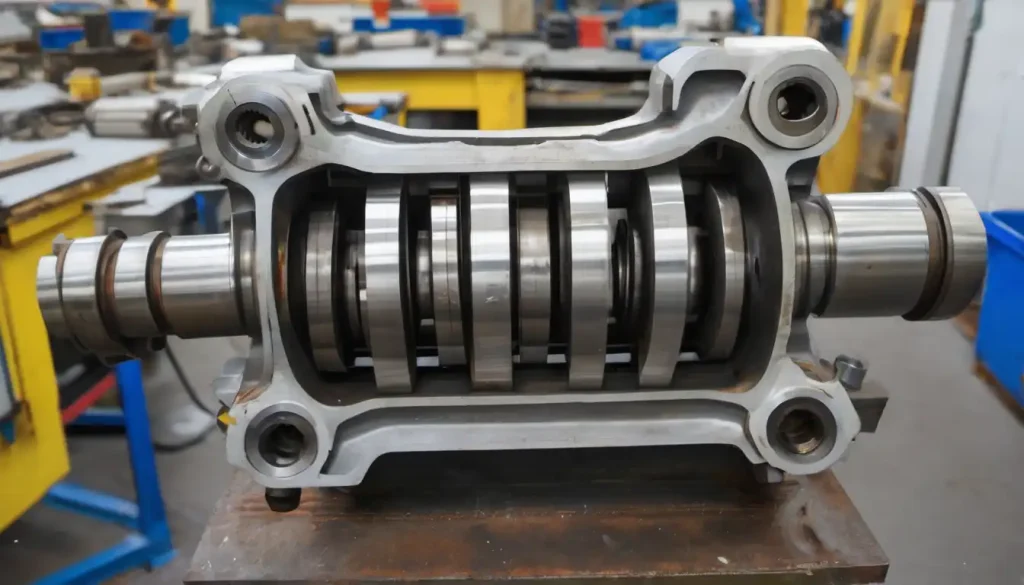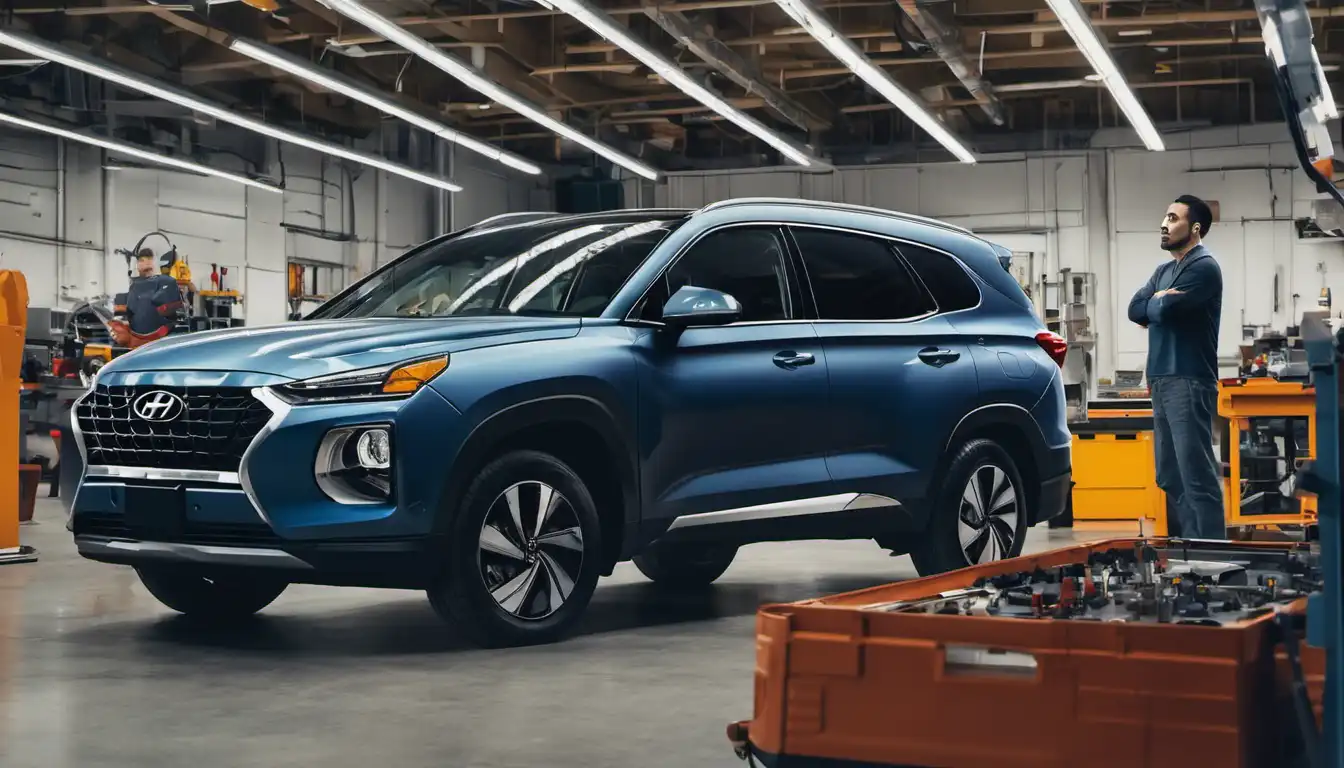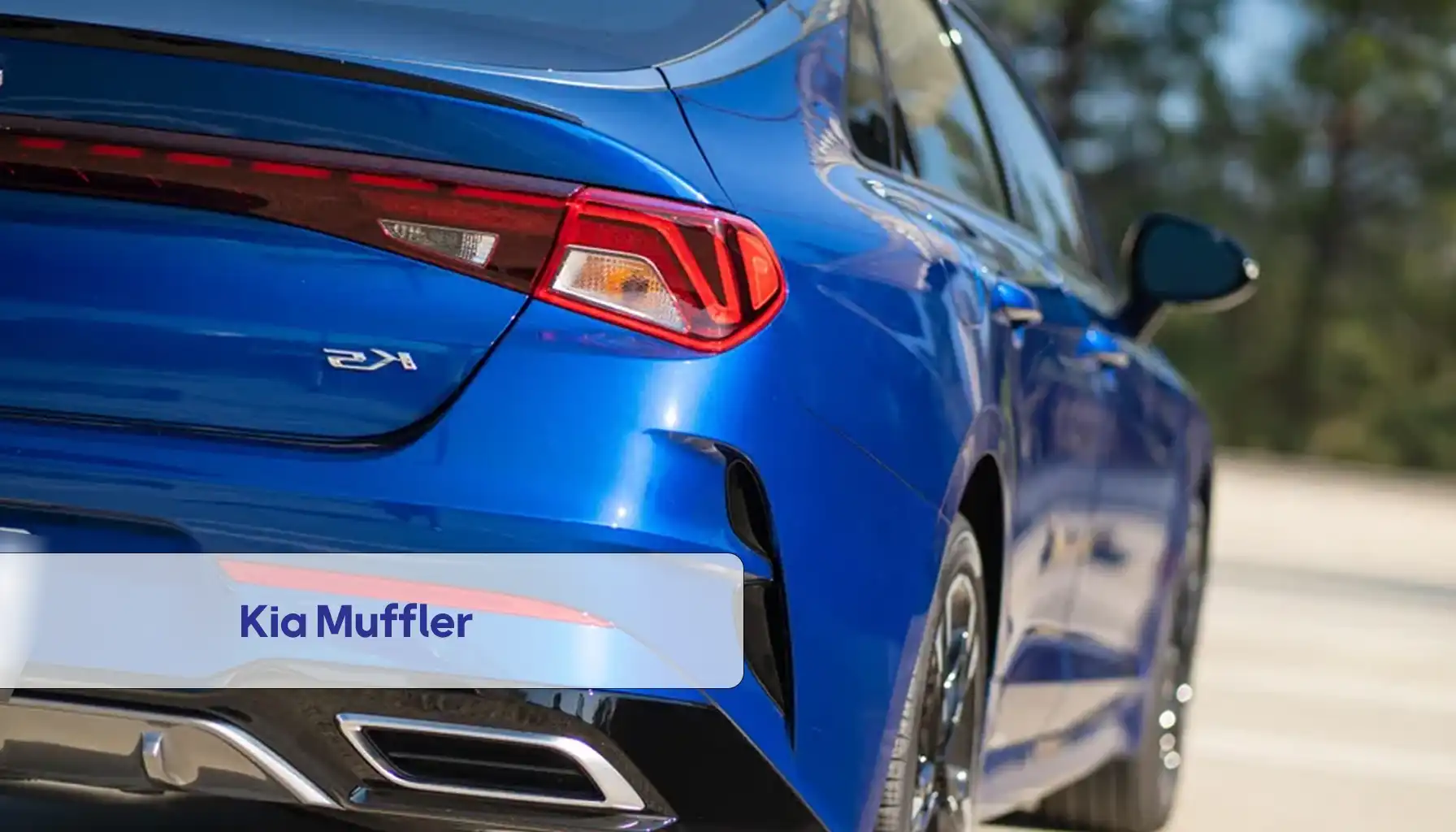Hyundai crankshaft failure often led to engine damage as well. Just In 2020, Hyundai recalled 129,000 vehicles due to crankshaft failures. Most of these vehicles included 2012 Santa Fes, 2011–2013 and 2016 Sonata Hybrids, and 2015–2016 Velosters. So, how can you identify a failing Hyundai crankshaft, and what are the signs? This article will answer these questions.
The crankshaft is a critical component of the engine, playing a vital role in its performance by generating and transferring torque.
If the crankshaft fails, it can cause severe and dangerous problems for the vehicle. This component is designed as a long metal rod with handles and protrusions along its length; Its main job is to convert the pistons’ reciprocating motion into rotational movement, which then gets transferred to the car’s wheels.
During engine operation, fuel combusts inside the cylinders, and the resulting force moves the pistons. The pistons are connected to the crankshaft via connecting rods. As the pistons move, the connecting rods transfer this movement to the crankshaft, causing it to rotate. This rotation is then passed through the powertrain to the wheels, making the car move.
contact us
Due to its crucial role in power transfer, the crankshaft needs to be highly durable and resistant to mechanical and thermal stress. The precise design and balance of Hyundai’s crankshaft are essential for the engine to function correctly and efficiently.
Hyundai and Kia’s aftermarket parts, especially in 2400cc engines found in vehicles like the 2014 and newer Hyundai Santa Fe, 2011 and newer Hyundai Tucson, 2011 and newer Kia Sportage, 2011 and newer Kia Optima, 2014 and newer Kia Sorento, 2018 Hyundai Azera by Kerman Motor, and 2015 Hyundai Sonata LF, are frequently used.

Sometimes, misinformation from mechanics or vehicle owners can complicate the repair process; First, it’s important to understand the significance of the crankshaft and its fundamental role in the engine, being one of the main components responsible for power and torque generation.
Second, improper comparison of modern vehicle repair methods with those from 20 to 30 years ago is common. For instance, some mechanics or car owners might request outdated repair methods like resizing the crankshaft to 25, 50, or 75 sizes because these practices were used in the past.
However, such methods are not recommended by the manufacturer’s guidelines for modern 2400cc engines.
For vehicles with 2400cc engines, it’s worth noting that, for example, the crankshafts in a 2016 Santa Fe with a GDI engine and a 2014 Santa Fe with an MPI engine are essentially the same.
Most of the time, the crankshafts have technical codes 72RZ6-2GF00 and 23111-2G230, which are largely interchangeable.
Signs of Hyundai Crankshaft Failure and Its Impact on Vehicle Performance
When the crankshaft in a Hyundai fails, you may notice unusual vibrations in your car, even at low speeds or when idling and This is a clear sign that something is wrong.
Hyundai Crankshaft failure can also produce loud knocking or banging sounds due to improper contact between the crankshaft and other engine components.

Additionally, a failing crankshaft in Hyundai vehicles can reduce your engine’s efficiency and power, especially during acceleration. If the crankshaft problem becomes severe, it may even cause starting issues with the engine.
Other problems associated with a faulty crankshaft include improper functioning of the power transmission system, as it won’t be able to provide stable and adequate rotational movement. This can also lead to engine performance issues and increased fuel consumption.
In summary, the signs of a failing Hyundai crankshaft can include:
- Unusual vibrations
- Abnormal noises
- Reduced engine performance
- Difficulty starting the engine
- Power system issues
- Increased fuel consumption
Ways to Extend the Life of Your Hyundai Crankshaft

Extending the life of your car’s crankshaft can improve performance and reduce maintenance costs. Here are a few tips:
- Use high-quality, durable materials in the construction of the crankshaft. Materials like fatigue-resistant steel and various alloys can increase its lifespan.
- Regularly use the appropriate type and amount of oil for lubrication, which can prevent premature wear and Hyundai crankshaft failure.
- Performing timely regular maintenance and repairs can identify small problems before they turn into more serious issues, preventing further damage.
- Worn-out or damaged parts, such as bearings, should be replaced promptly to avoid more significant problems.
- Proper wheel balance, especially in vehicles with aftermarket and larger wheels, can prevent fatigue from imbalance and support the crankshaft’s longevity.
- Following driving rules, avoiding sudden acceleration and braking, and driving at reasonable speeds can help protect the crankshaft and related systems.
- Ensure that the correct pressures and types of fluids are used if your vehicle has pneumatic or hydraulic systems.
- Installing appropriate coolers can prevent overheating and wear in sensitive areas like bearings.
Final Word
Buying genuine Hyundai and Kia parts requires a lot of attention because the market is flooded with low-quality, cheaper parts. Many Hyundai and Kia owners end up buying these inferior parts, which can damage their vehicles.
To save time and ensure you get the necessary parts at the best prices, Hyundai owners can purchase all genuine Hyundai motor parts or Genuine Parts products with warranty and authenticity guarantees from Arsintrading.



